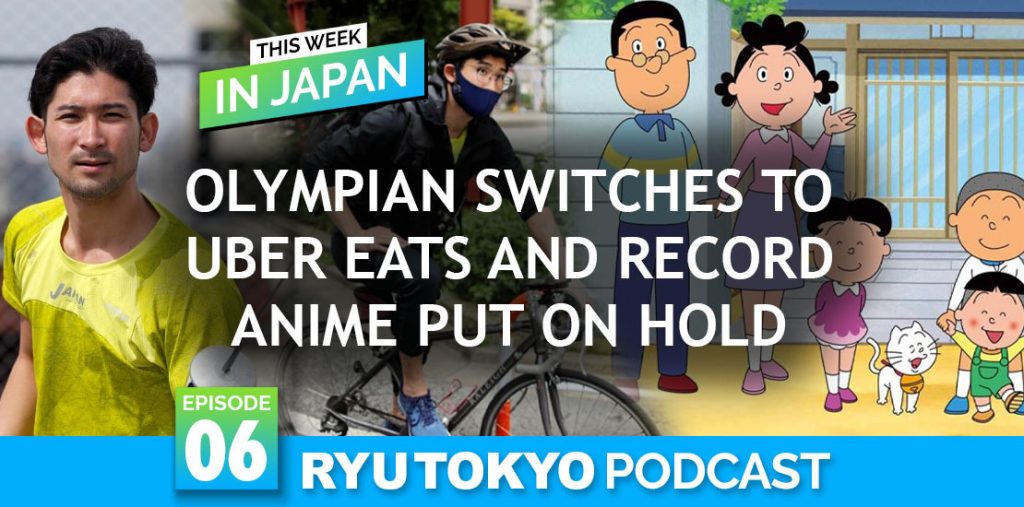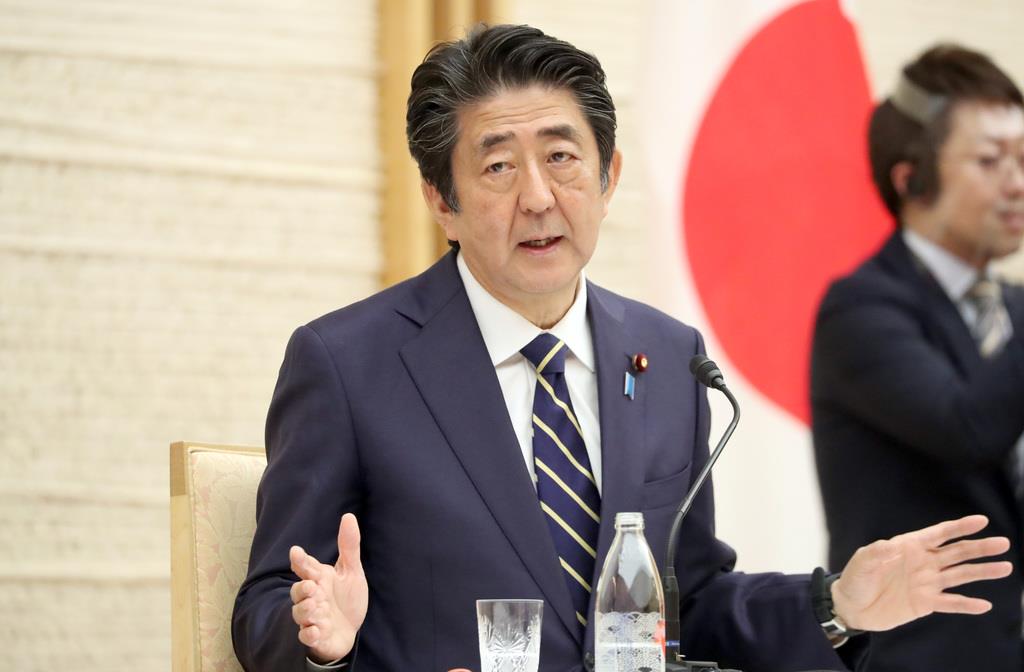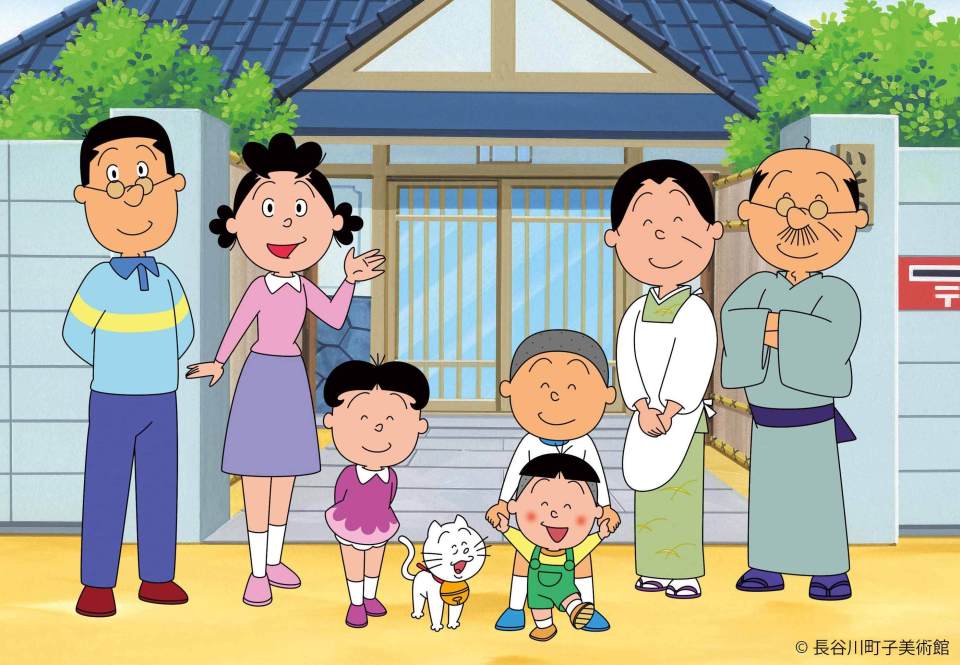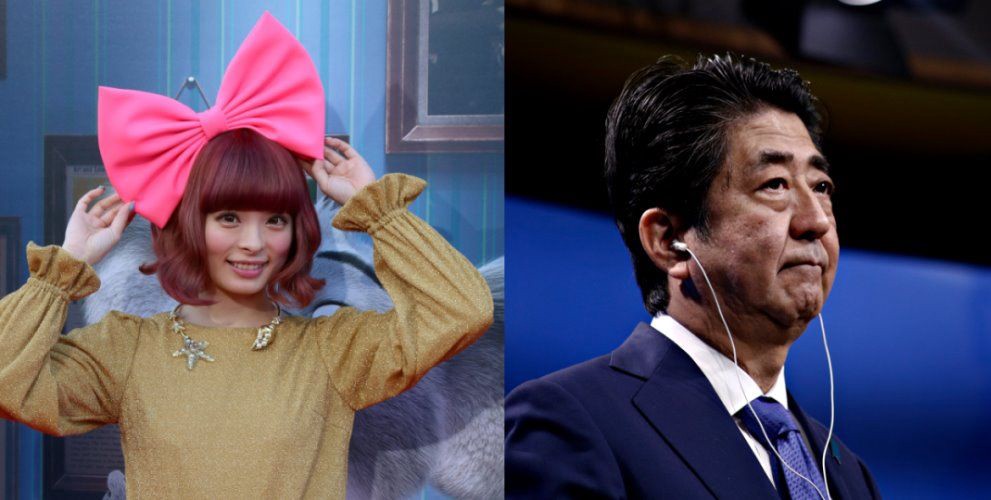Prime Minister Abe Shinzo has announced a lift on the national state of emergency for 39 prefectures. Meanwhile, we see how daily life in Japan is affected while living with Corona.

Listen to Ryu Tokyo Podcast Episode 6 here:
1. State of Emergency Lifted in 39 Prefectures
After announcing last week that the nationwide state of emergency will be continuing until the end of the month, the prime minister has just released a statement declaring that Japan will be lifting the state of emergency for 39 of its prefectures. The decision was made after a meeting on the 14th with medical and economic experts, which had been announced together with the extension last week. As a result of the meeting, objective standards for releasing the state of emergency were established. The lift was supported by an estimate that currently only 0.5 people are affected out of every 100,000. Experts also came to a consensus that the quality of medical care has been steadily increasing as the number of patients decreases.

As for the remaining 8 prefectures, such as Tokyo and Osaka, they have been determined as “still at risk” and will remain in the state of emergency for now. However, another similar meeting has been planned for May 21st to reevaluate these prefectures conditions. If lifting the emergency declaration is possible, those prefectures are being considered to be reopened by the end of the month. For the prefectures that have been released from the state of emergency, the government is asking for continued cooperation for corona prevention by starting a “new normal,” which includes following the 3-mitsu.
2. As 10-man Applications Begin, Large Numbers of People Crowd Together
Details for applying for Japan`s 10,000-yen stimulus package have finally arrived across the country. Naturally, many people are eager to receive the much-needed aid and are hurrying to send off their applications. Instead of a mailed-application, an online application is possible for those who have a My Number card with a digital chip in it. Due to an annoying process of filling out a detailed application and mailing off a request, many people in Japan do not carry this card. In an effort to apply for the 10-man quicker, people are heading to city hall to apply for their official My Number card or to ask about the details of the written application.

An unfortunate side-effect of this effort is having to go to the city hall physically. Large crowds of people hoping to apply for their 10-man from online are now forming in city halls. For some people, having the card alone does not allow them to apply, and for others, specifically the elderly, applying online is a process that they do not understand. To make matters worse, the more people that crowd into these offices, the harder it becomes to practice social distancing. Waiting in line at the city hall can be a cramped experience under normal circumstances, better yet when the entire community is trying to enter the building. Many waiting citizens expressed their dissatisfaction as some waited for hours.
3. Olympic Athlete Working as an Uber Eats Driver
No longer having a shot at gold in 2020, Japanese Olympic fencer Ryo Miyake has turned to Uber Eats for work. He can be seen biking through the streets in his official Olympic track uniform, delivering take-out orders to customers. Miyake stated that with the current state of living, he needed to support his cost of living, and that through Uber Eats, he can remain physically active while working. The world-class fencer won silver at the London games and was guaranteed several sponsorships from companies for the 2020 Tokyo Olympics. However, with a lack of an Olympics this year mixed with Miyake being unable to participate in any fencing practice, he has currently turned down any sponsorships. He stated that it is truly unfortunate that he has chosen a sport that does not mix easily with society and one that requires people to come together to practice. Hopefully, he will be able to get his chance in the coming year.

4. Sazae-san Stops Airing New Episodes
The anime series Sazae-san will stop airing new episodes starting from May 17th. Sazae-san is the longest-running anime ever. The series was created in 1969 and boasts over 7,000 episodes. The decision to stop new episodes has come about after considering the risk of continuing anime production during COVID-19. Information about restarting new episodes will be released on the television channel`s public site. In the meantime, the series will begin to play older episodes during the usual time slot.

5. Celebrities Ban Together, Marking a Precedent for Publicly Sharing Political Opinions

Prime Minister Abe Shinzo’s recent attempts to extend the age of retirement for prosecutors in Japan is being met with a strong backlash. The proposed bill would extend the age from 63 to 65, as well as allow for cabinet-approved extensions of term of office. This proposal has led to public protests and online rants from concerned citizens and celebrities, who are calling this act an abuse of government power.
Hosts of This Week In Japan

Julian Domanski
Born in England, Julian is a writer, videographer & musician living in Tokyo. When he’s not drinking copious amounts of English Tea, he can be found studying Japanese or trying to master the surprisingly complex basics of the Jiuta Shamisen.

Yasuharu Matsuno
Founder of Japan Insider (Former Ryu Tokyo). Japanese-born entrepreneur. Yasu spent his life around the globe – Japan, Singapore, Switzerland, Australia, and the U.S. He hopes he had more time to play Japanese RPGs. MBA from Columbia University in the City of New York.
Related Articles
This Week in Japan #35 (December 11th)
This week in Japan an unexpected Nintendo item becomes a collectable, Tokyo aims to eliminate gas cars, Demon Slayer wins out over parents, and more big news stories!
This Week in Japan #34 (November 27th)
This week in Japan, the Go-To Travel campaign is suspended, former Nissan Motor chairman Carlos Ghosn’s arrests found “illegal” by U.N. council, and more big news stories!








